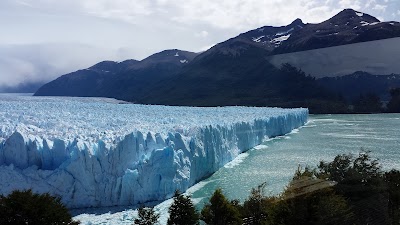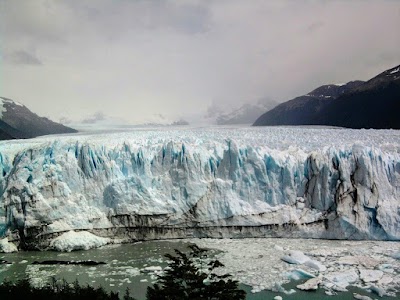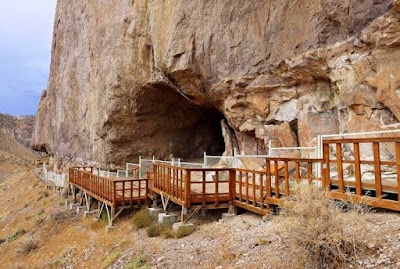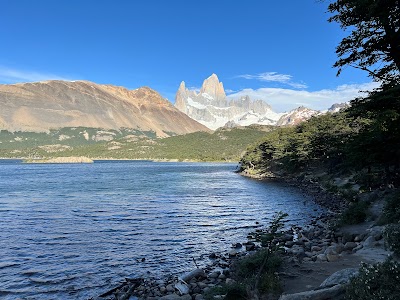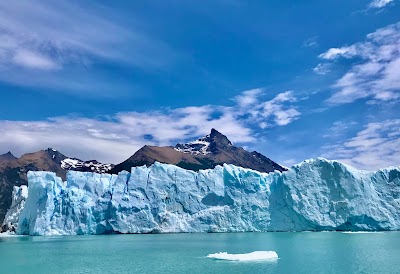Calafate (El Calafate)
Overview
Introduction to El Calafate
Nestled in the heart of Patagonia, El Calafate is a charming town located in the Santa Cruz province of Argentina. This picturesque destination serves as the gateway to the breathtaking landscapes of Los Glaciares National Park, a UNESCO World Heritage site known for its stunning glaciers, turquoise lakes, and towering mountains. The town itself boasts a unique blend of rustic charm and modern amenities, making it an ideal base for adventurers and nature enthusiasts alike.
El Calafate's name is derived from the calafate berry, a small, dark blue fruit that is a staple of the region. According to local legend, if you eat a calafate berry, it is said that you will return to Patagonia. This enchanting belief adds to the allure of the town, drawing visitors from around the globe who are eager to explore its natural wonders and immerse themselves in its vibrant culture.
Los Glaciares National Park
The crown jewel of El Calafate is undoubtedly Los Glaciares National Park, which is home to the famous Perito Moreno Glacier. One of the few glaciers in the world that is still advancing, Perito Moreno offers visitors a mesmerizing spectacle as massive chunks of ice calve into the waters of Lago Argentino. A visit to this glacier can be experienced through various options, including guided walking tours on the ice, boat rides that get you up close, or simply enjoying the view from designated lookout points.
The park is not just about Perito Moreno; it encompasses over 250 glaciers, including the impressive Upsala and Spegazzini glaciers. For those looking for a more extensive adventure, trekking through the park's rugged trails offers opportunities to witness diverse wildlife, including guanacos, Andean condors, and even the elusive Patagonian fox. With its glacial lakes, jagged peaks, and extensive hiking routes, Los Glaciares National Park is a paradise for outdoor enthusiasts.
Local Culture and Cuisine
Beyond its natural beauty, El Calafate is also a hub of local culture and tradition. The town is dotted with charming shops and restaurants where visitors can sample traditional Argentinian cuisine. One must-try dish is the Patagonian lamb, slow-cooked to perfection and bursting with flavor. Pair your meal with a glass of Malbec, one of Argentina's renowned wines, for a truly authentic dining experience.
In addition to its culinary delights, El Calafate hosts various cultural events and festivals throughout the year. The local artisan market showcases handmade crafts, textiles, and souvenirs, allowing travelers to take a piece of Patagonia home with them. Engaging with the local community will give you a deeper understanding of their way of life and the rich traditions that define this remarkable region.
Practical Tips for Travelers
When planning your visit to El Calafate, it’s essential to consider the best time to go. The peak tourist season runs from November to March, during the Southern Hemisphere's summer months, when the weather is milder and perfect for outdoor activities. However, if you prefer fewer crowds and are willing to brave the colder temperatures, visiting in the shoulder seasons of spring (September to November) or autumn (March to May) can offer a more tranquil experience.
Transportation is relatively straightforward, with El Calafate served by a small airport that connects to major Argentine cities like Buenos Aires and Ushuaia. Once in town, many attractions are accessible via guided tours, although car rentals are also available for those wishing to explore at their own pace.
In summary, El Calafate is a captivating destination that perfectly encapsulates the beauty and spirit of Patagonia. With its stunning natural landscapes, rich cultural experiences, and welcoming atmosphere, this town promises an unforgettable adventure for every traveler. Whether you're gazing at glaciers, savoring local delicacies, or interacting with the charming locals, El Calafate will leave an indelible mark on your journey through Argentina.


